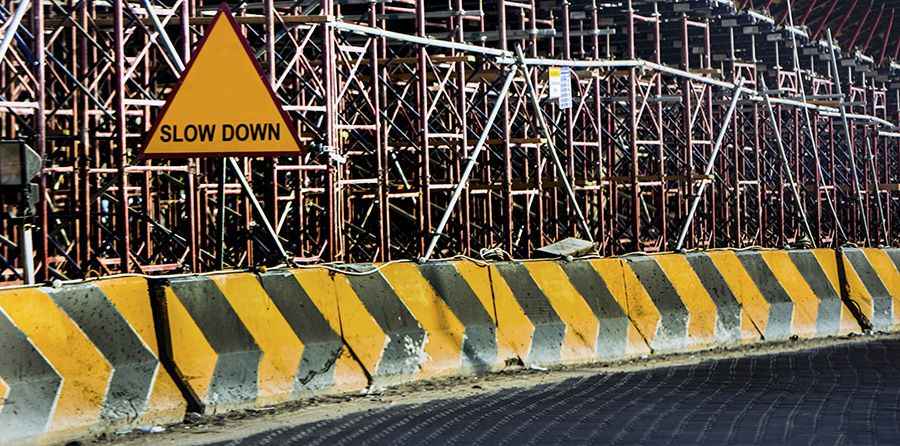Why Car Accidents Happen in Road Construction Zones
Working in road construction always comes with a certain amount of risk. After all, these jobs entail the use of heavy equipment, they frequently require working at elevated heights, and they always place professionals incredibly close to moving traffic.

Not surprisingly, some of the most devastating injuries sustained in road construction zones are the result of car accidents. These examples are some of the most common reasons why so many car accidents happen in highway work zones.
Missing Barriers and Cones
Properly staging road construction zones is the first step in preventing car accidents. Bright-colored, reflective cones and barriers must be laid out so that drivers can easily identify the protected area. The layout of barriers must extend far enough out from the actual work area to give motorists ample time to react. As such, accidents can still occur even when cones and barriers are in place if these are insufficient in number, start and end too close to the work area, or lack bright colors and reflective materials.
Improper and Insufficient Signage, or No Signage at All
In addition to barriers and cones, construction zones must be identified by suitably large and easily visible signage. Signage should both identify the protected area and instruct drivers to slow their speed. Depending upon the size of the worksite and the type of work being performed, other signage may be necessary. Sometimes construction requires lane closures.
Signage should let motorists know how far the protected area extends. Delivering clear and comprehensive information about the site conditions lets drivers know how long they should remain vigilant before resuming their normal driving patterns.
The absence of speed warning signs is a common cause of accidents. It is not enough to tell drivers that the protected areas exist. These signs are essential for clarifying the actions that must be taken to ensure continued safety. Speed signage can tell drivers to slow or they can assign maximum driving speeds.
Insufficient Lighting
Most work performed within road construction zones gets an early morning start. This is done in an effort to minimize the impact that lane closures and other changes might have on the flow of commute traffic. Due to this fact, many workers are on or near the roadside before the sun has risen. Absent of sufficient lighting, drivers may not have the time to see and react to the construction zone or any of the signage that's been posted to inform them.
Improper Work Gear
All employees working within road construction zones must have on the proper personal protective equipment (PPE). In these settings, appropriate PPE can include:
- Hard hats
- Steel-toed boots or other environment-specific footwear
- Neon-colored safety vests
- Shirts and pants with reflective stripes
Wearing dark-colored clothing in a poorly lit roadside area that has insufficient signage or inadequate barricades can lead to disaster While employees often assume the responsibility of purchasing and donning their PPE, company owners and supervisors are ultimately in charge of making sure that the correct gear is being worn.
While working in road construction zones is high-risk, there are many ways to mitigate this risk and prevent car accidents. Notifying drivers that workers are present by posting signage, illuminating the work zone, and setting up barricades is critical. Making sure that employees are wearing adequate PPE is another essential step in prevention. Absent these measures, people can suffer devastating and life-altering injuries.
Proper signage, lighting, and gear are always the responsibility of your employer. Anyone injured in a road construction zone should speak with a personal injury lawyer to determine if they should seek compensation. According to one personal injury lawyer, a construction worker injured as the result of a support wall falling and hitting him was awarded $7.5 million dollars.